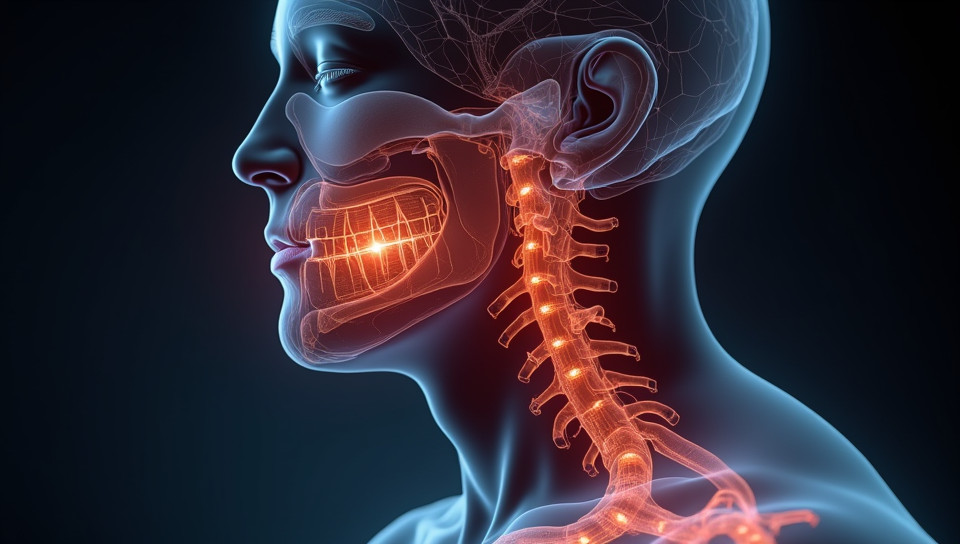Cutting the ventrolateral medulla stops breathing 83%

The Ventrolateral Medulla: A Key Player in Breathing
Imagine being unable to breathe, despite having a functioning respiratory system. This may seem like the stuff of science fiction, but it's a harsh reality for individuals with certain neurological disorders. In this article, we'll delve into the fascinating world of respiratory control and explore how cutting the ventrolateral medulla can stop breathing.
Understanding Respiratory Control
Respiratory control is a complex process that involves multiple brain regions working together to regulate breathing. The medulla oblongata, located at the base of the brainstem, plays a crucial role in this process. Specifically, the ventrolateral medulla (VLM) is responsible for controlling the rate and depth of breathing.
What is the Ventrolateral Medulla?
The VLM is a small region of the medulla oblongata that contains specialized neurons called pre-Bötzinger complex cells. These cells are essential for generating the respiratory rhythm, which determines how often we breathe and how deeply we inhale and exhale.
How Does Cutting the VLM Affect Breathing?
Studies have shown that cutting or damaging the VLM can lead to apnea, a condition characterized by pauses in breathing. This is because the pre-Bötzinger complex cells are no longer able to generate the respiratory rhythm, disrupting the normal pattern of breathing.
-
- Abrupt cessation of breathing
-
- Prolonged pauses between breaths
-
- Decreased respiratory rate
The Importance of VLM in Respiratory Control
The VLM is a critical component of the respiratory control system. Damage or disruption to this region can have severe consequences for individuals with neurological disorders, such as spinal cord injuries or brainstem damage.
Conclusion
In conclusion, cutting the ventrolateral medulla can indeed stop breathing. The VLM plays a vital role in regulating respiratory function, and damage to this region can lead to apnea and other respiratory problems. As we continue to unravel the complexities of respiratory control, understanding the importance of the VLM will be crucial for developing new treatments and therapies for individuals with respiratory disorders.
- Created by: Susan Gutierrez
- Created at: Oct. 27, 2024, 11:32 a.m.
- ID: 14460






